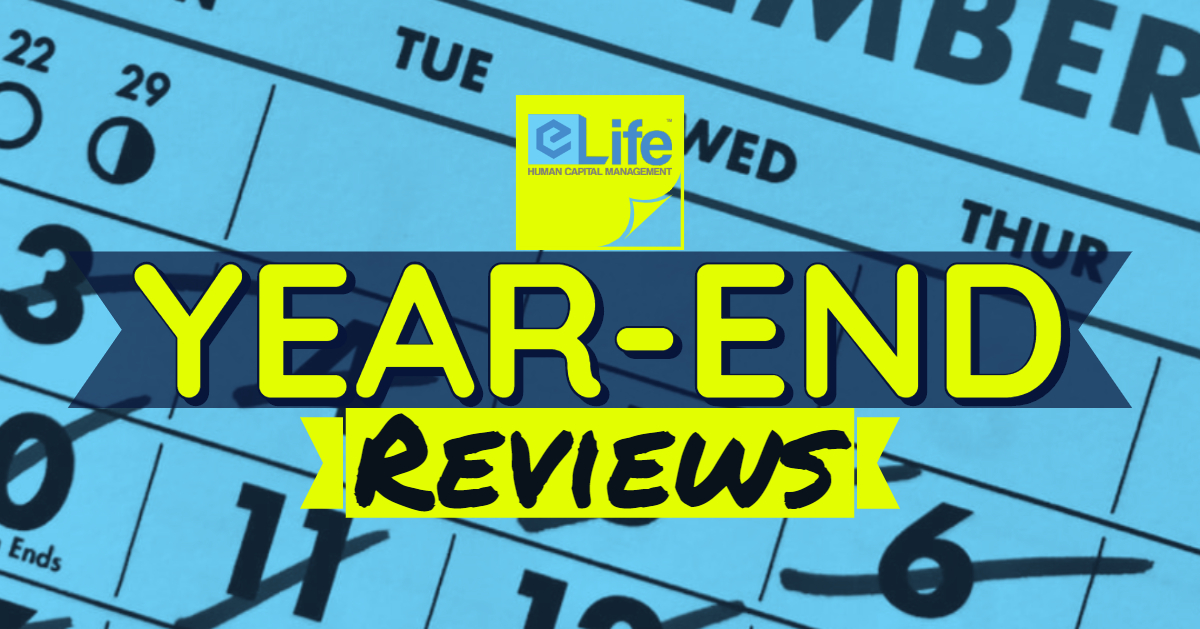Change - Why Change Management Fails
Just like any other venture in life, sometimes what you set out to do fails. Failure is a part of life and a part of learning and growing. As we know, learning from failure is where we grow. Change management without proper planning can, and mostly likely will, fail every time, if you are not prepared. Listed below are some of the top reasons why change management initiatives fail.
Poor planning
As with anything you do, there must be a plan. Planning is a crucial part to changing any process within your organization. Your company did not just sprout out of the ground like a weed; it took planning initially just to get it started. Your plan should identify what you are changing and include a plan for managing issues that will arise from your employees. Change is hard and as we know people don’t like it.
Change - The C Word of the Business World
It’s an interesting phenomenon, when people say “we need to change,” or “things are going to change,” or “there is a new process and we will have to change the way we are doing things,” and then people get upset. There's a saying that goes around, "Change the status quo or become it." You don’t have to look too far to find examples of companies that failed to change and are now just a memory. The best recent example is Blockbuster Video, not believing that video rental was moving online, they decided to continue with the status quo and now a company that once had more than 9,000 locations worldwide, has just one location left in Bend, Oregon and it will someday close as well, leaving the entire company as just a memory.
The dictionary definition of change management is “the management of change and development within a business or similar organization.” But what does that really mean? Organizations that implement change management processes are more likely to successfully handle growing pains.
To stay alive in business or in life, you have to change. Change can be good, but it also can be painful. By nature, humans do not like to be uncomfortable and change sometimes feels uncomfortable, thus leading to the resistance. However, change can be good and after the change has happened, there is a new comfortable and life is better.
History of Change Management
The philosophies inherent in today's change management practices are structured to plan (rather than react) to the challenge of organizational change. It's a growing industry with thousands of books and numerous theoretical management frameworks addressing both the necessity and the pain involved in managing and planning for change.
The concept of change management dates back to the early to mid-1900s. Kurt Lewin’s 3-step model for change was developed in the 1940s; Everett Rogers’ book Diffusion of Innovations was published in 1962, and Bridges’ Transition Model was developed in 1979. However, it wasn’t until the 1990s that change management became well known in the business environment, and formal organizational processes became available in the 2000s.
8 Essential Steps for an Effective Change Management Process
Your organization is constantly experiencing change. Whether caused by new technology implementations, process updates, compliance initiatives, reorganization, or customer service improvements, change is constant and necessary for growth and profitability. A consistent change management process will aid in minimizing the impact it has on your organization and staff.
Below you will find eight essential steps to ensure your change initiative is successful:
Employee Review Pitfalls
Don't fall into these traps when doing reviews
In most organizations, the annual employee review is just a process that must be suffered through; however, this does not have to be. There are many examples of how the employee review process can be completed without making the process burdensome on everyone involved. The issue at hand is twofold. Employees want or need to know how they are performing and progressing in their role. Managers and your leadership, need to know how employees are performing for both compensation and ROI. As a manager, it is your job to perform this evaluation. Here are a few pitfalls to avoid:
Playing favorites
We have all been in this position, where you are either the boss's favorite or you are not. When it comes to reviews, playing favorites will never work out well. When a boss has a favorite, everyone knows it and this relationship will hinder the performance of the other employees. Who wants to bust their hump, only not to be recognized? At some point, you say, "why bother?" Playing favorites, potentially causes good employees to never become great employees. When doing performance reviews, it is important to review everyone fairly and equally. If Tommy always gets the work done on time and correctly, then his review should reflect this. If he doesn't, then his review should reflect that as well. When you give someone a better score because they are your favorite, you are not helping them grow in their position and you are eroding away your team.
Not keeping notes
Some managers are really good at keeping track of the highs and lows of an employee’s performance and some are not. Don’t get trapped at the end of the year with nothing to write down for an employee review. Keep track of an employee’s progress, either in a computer file or old school method, written on a piece of paper in their employee file. Keeping notes will essentially allow the review to write itself and you won’t be stuck reviewing the last two weeks of an employee’s performance.
Year-End Reviews
The annual review is the fifth step to the employee review cycle; however, to complete this step, we must focus on the fourth step which is assessment. If you ask anyone who has been a manager of employees, they will say assessment is the hardest part of the review cycle for at least a couple of reasons. One reason is managers are required to fairly assess their employees. And, managers are required to remember what their employees did throughout the review cycle.
Being open and honest:
Just as every manager has their favorite or "go to" employees, they also have those employees who will kiss up to them to stay in favored grace, without doing as much work. As a manager, it is important to be open and honest with all your employees, at all times. Completing the review is no different. Don’t lie or leave out details on the review that may seem negative, because you don’t want to hurt their feelings. If their performance is suffering, then they should know. The worst thing you can do as a manager is to give an employee a glowing review, only to go to HR in three weeks to discuss terminating this employee for performance. Unless something has changed since you gave this employee the review, there is a good chance you will be stuck with him or her until the proper documentation has been completed.
Giving employees a review that is not truthful, does not allow employees an opportunity to learn and grow. If you give an average employee a review that is better than what he or she earned, he or she will likely continue to be average. Tell the truth and inspire them to be more than average. If you give a superstar an average review, his or her intentions to seek out another job where his or her talents are recognized, may likely increase.
Goal Setting, Let's Get Techy
What is really happening when we set goals
There's a psychology behind goal setting. Curiously, it is a fact our brain can’t tell the difference from what we want and what we have. When we set a goal, our brain will act as if we've already accomplished it. It is part of the condition that drives us. On the flip side, if we fail to achieve a goal, our brain reacts as if the missed mark is a loss of a valued possession, possibly creating anxiety or fear. It will, however, seek to resolve the goal until the goal is achieved. Therefore, we promote setting smaller goals to ultimately achieve a larger one. For each smaller, measurable goal achieved, we get gratification. Our brains like short-term goals. These smaller goals can also be viewed as tasks. If you make a list of tasks, or mini goals to achieve daily, your sense of accomplishment will be greater. Working our way through a road-map to success is not a coincidence.





